News Desk
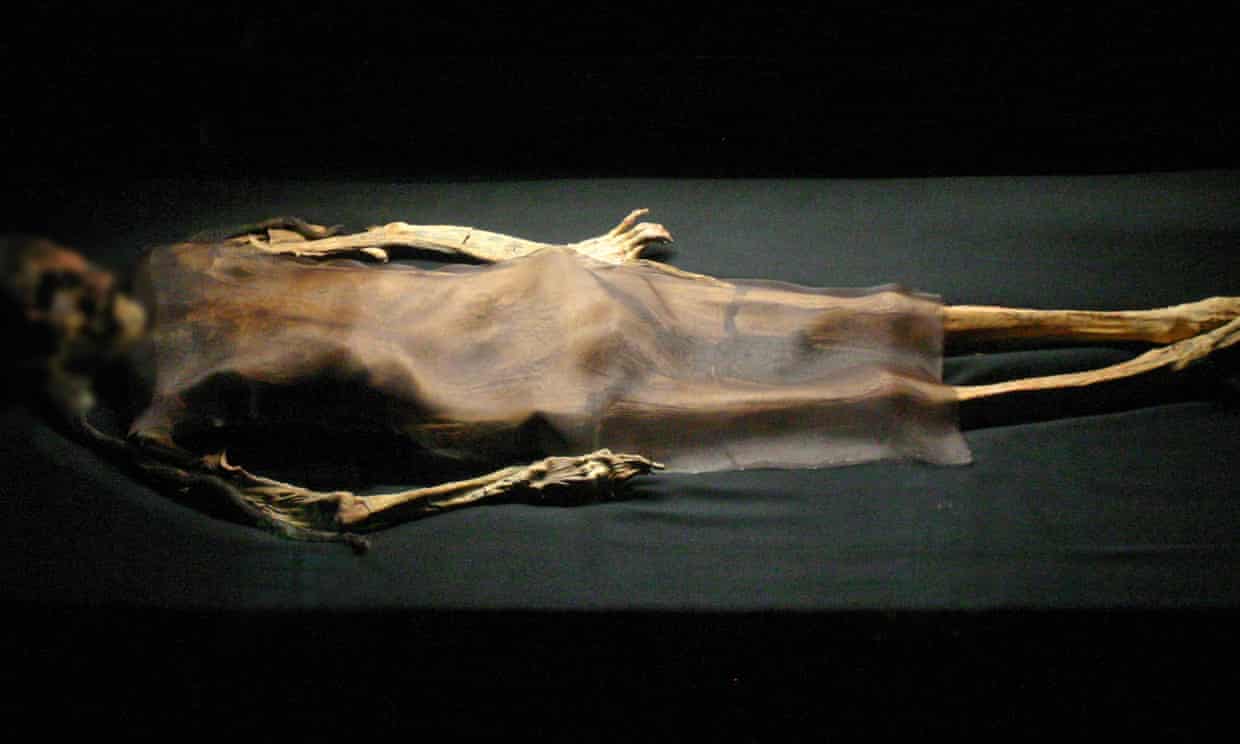
Remains found inside an underground structure were tied up by ropes and with the hands covering the face.
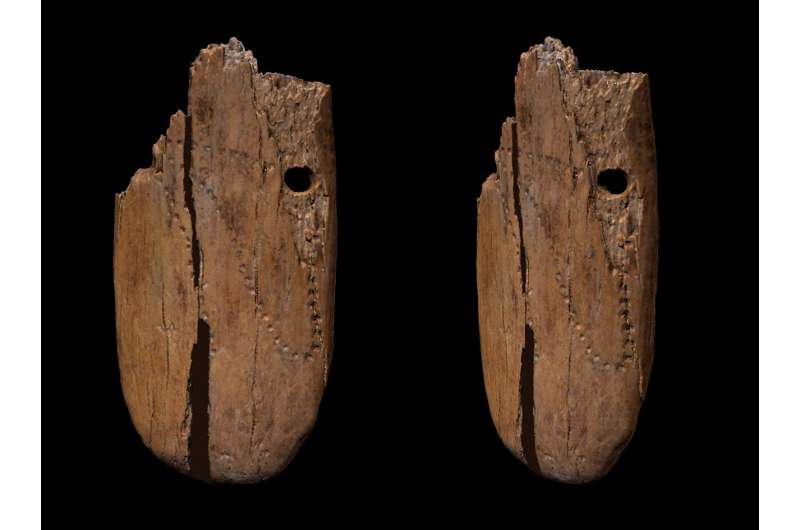
A new multidisciplinary study by an international team reports the discovery of an ivory pendant decorated with a pattern of at least 50 punctures, creating an irregular looping curve. The direct radiocarbon date of the ornament yields an age of 41,500 years.
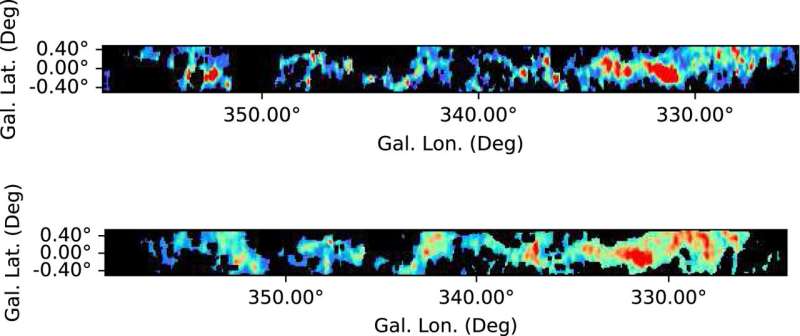
A team of researchers from Germany, France and the U.K. has discovered a long thin filament of dense gas connecting two of the Milky Way galaxy’s spiral arms. In their paper published in The Astrophysical Journal Letters, the group describes their work studying carbon monoxide gas in the galaxy.

A dinosaur-age fossil heralded as the first four-legged snake known to science might actually be an entirely different beastie, a new study claims.
In 2015, mining excavations in Malapa, South Africa, revealed fossil vertebrae trapped in cement-like rock called breccia. Analysis revealed the vertebrae to be two million years old, from the lower back of a female Australopithecus sediba, a relative of modern humans first discovered at the same site in 2008.
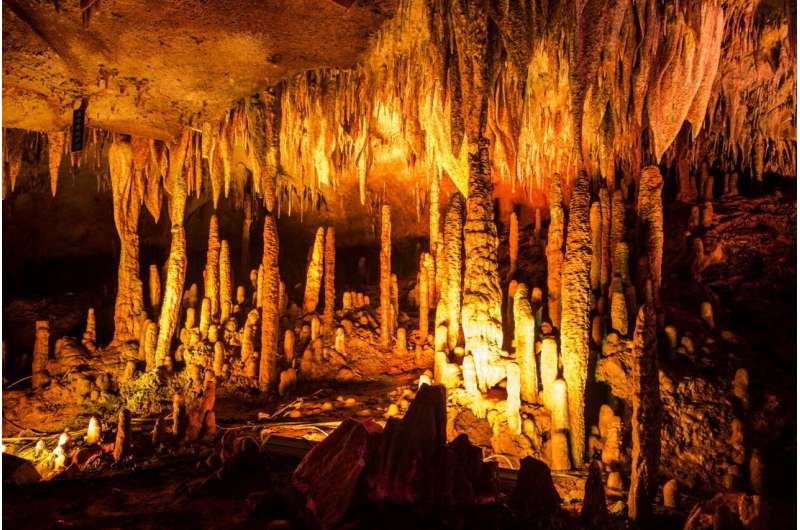
Referred to as China’s Venice of the Stone Age, the Liangzhu excavation site in eastern China is considered one of the most significant testimonies of early Chinese advanced civilisation. More than 5000 years ago, the city already had an elaborate water management system. Until now, the cause of the sudden collapse has been a subject of debate.

When a series of deep pits were discovered near the world heritage site of Stonehenge last year, archaeologists excitedly described it as the largest prehistoric structure ever found in Britain – only for some colleagues to dismiss the pits as mere natural features.

A spacecraft has launched on a mission to test technology that could one day tip a dangerous asteroid off course.
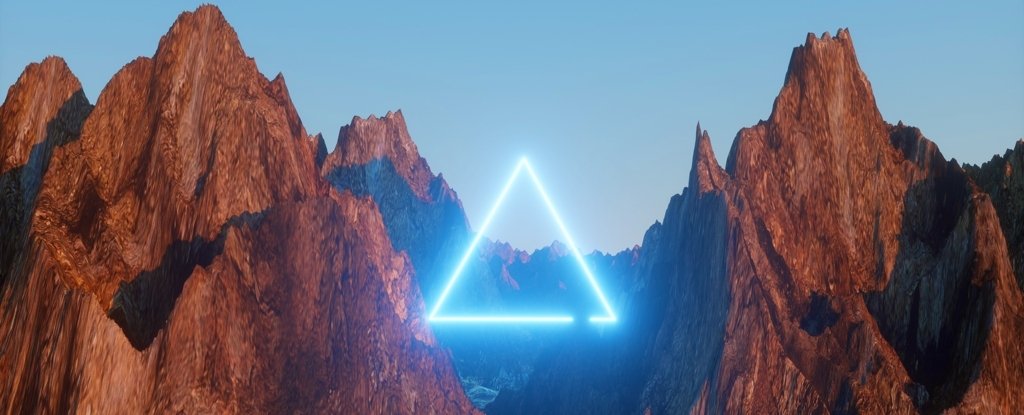
Many people think that mathematics is a human invention. To this way of thinking, mathematics is like a language: it may describe real things in the world, but it doesn’t ‘exist’ outside the minds of the people who use it.

More than 1,200 Mesolithic tools have been unearthed from along an Aberdeenshire river.

Reciprocity with Indigenous stewards of plant medicine is one way to start…..Among the shamans of the Peruvian Andes, they have a word, “ayni,” translated as “sacred reciprocity.” Ayni is not about scorekeeping, but about keeping track. Ayni says we should partner…
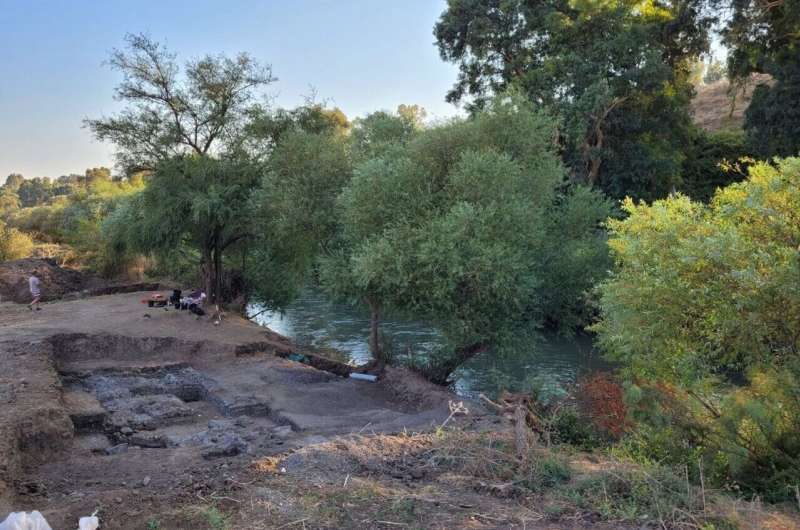
Based on the identification of plant remains, Tel Aviv University and Tel-Hai College researchers provide the first detailed reconstruction of the climate in the Land of Israel at the end of the last ice age (20,000-10,000 years before present).
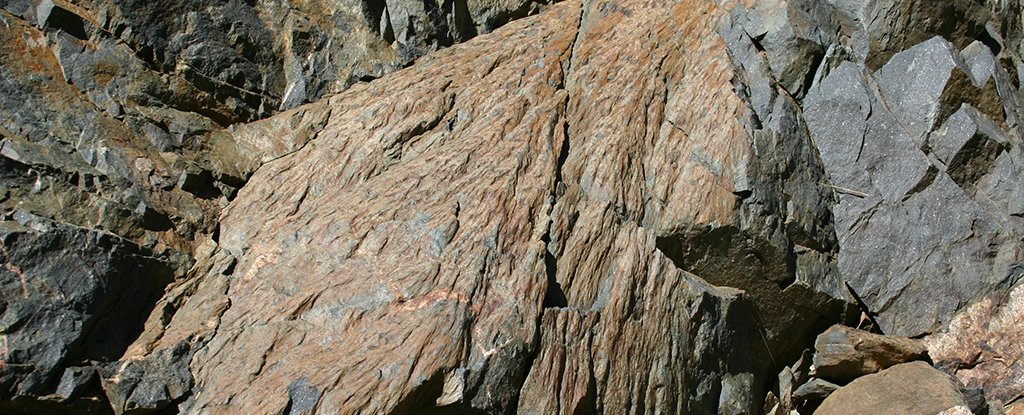
Meteor impact sites might seem like easy things to recognize, with giant craters in Earth’s surface showing where these far-flung objects finally came to a violent stop. But it’s not always that way.

Physically speaking, our Universe seems uncannily perfect. It stands to reason that if it wasn’t, life as we know it – and planets, atoms, everything else really – wouldn’t exist.

Wormholes, or portals between black holes, may be stable after all, a wild new theory suggests.

Ancient Indigenous fishing practices can be used to inform sustainable management and conservation today, according to a new study from Simon Fraser University.








